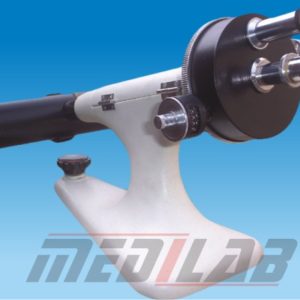Description
Spectrometer Junior is a simplified version of a laboratory-grade spectrometer that is designed for educational purposes, typically for use in high school or introductory college-level science classes.
The Junior Spectrometer typically consists of a light source, a collimator to produce a parallel beam of light, a prism or diffraction grating to disperse the light into its component wavelengths, and a detector to measure the intensity of the different wavelengths. However, it is usually smaller and less complex than a laboratory-grade spectrometer and may lack some of the features such as automated data collection and advanced calibration techniques.
The Junior Spectrometer is used to introduce students to the principles of spectroscopy, which involves the study of the interaction between matter and electromagnetic radiation. Students can use the instrument to observe the absorption or emission spectra of simple substances, such as hydrogen gas or colored solutions, and to measure the wavelength of the light absorbed or emitted by the substance.
Junior spectrometers are often equipped with a scale or digital display that allows students to read the wavelengths directly, making it easier for them to understand the basic principles of spectroscopy. They are also designed to be user-friendly and easy to operate, so that students can focus on learning the fundamental concepts rather than on mastering complicated instrumentation.







